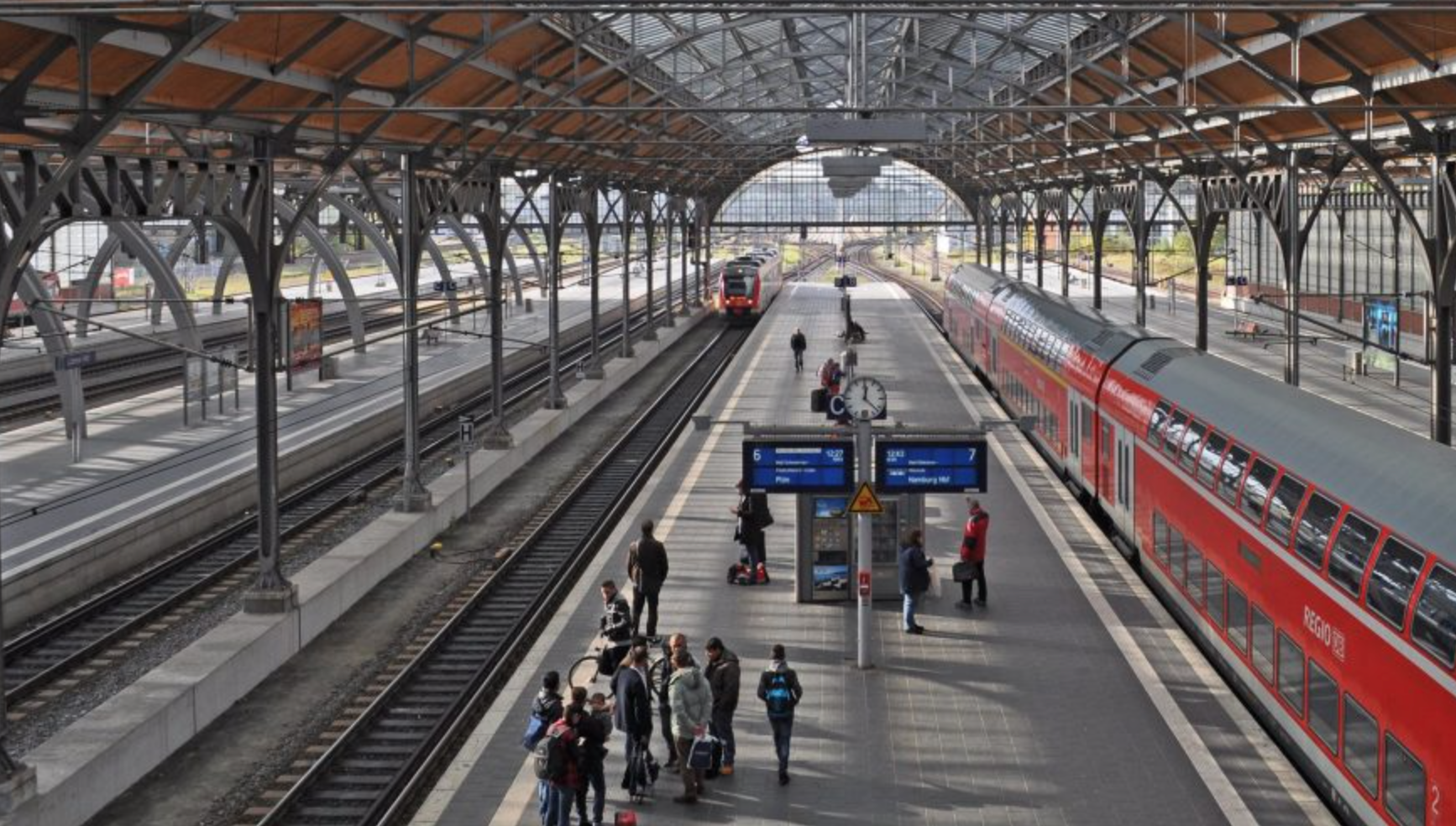Scrap-and-Replace Program Helps Low-Income Californians Afford Cleaner Cars (and Now, E-Bikes)
Scrap-and-Replace Program Helps Low-Income Californians Afford Cleaner Cars (and Now, E-Bikes)
By Claire Marie Porter, Next City, October 13, 2020
Special rules: Please include the tracking pixel, below the story, when republishing.
California wants to get gas-guzzling vehicles off the road so badly, it’s paying people to replace them with cleaner ones.
The Clean Cars 4 All program — basically California’s “cash for clunkers” — gives low-income Californians a chance to trade in their older car for a hybrid or all-electric vehicle. Or, residents can opt to go car free and receive vouchers for transit passes or car sharing programs, and most recently, rebates on electric bikes.
There are four California “air districts,” enacted under the Air Pollution Control Act in 1947 and responsible for air quality in the state’s 35 counties, participating in Clean Cars 4 All . These local districts implement the program, with some flexibility to best meet the needs of their community, says Melanie Turner, California Air Resources Board spokeswoman.
So far San Francisco Bay Area, South Coast (which includes Los Angeles, Orange and San Diego counties), San Joaquin Valley and Sacramento are the four air districts that have adopted the program.
Across the board, residents can choose to either scrap and replace their car, or scrap and receive a voucher for alternative transportation. All districts have income-based eligibility requirements and require that the car be in running condition. In San Joaquin Valley, the scrapped car needs to be built in 1999 or older, in the remaining three districts, the requirement is 1995 or older. Cars from the 1990’s and before had less stringent emissions standards, allowing more pollutants per mile to be emitted than in newer models. 75 percent of a car’s lifetime carbon emissions stem from the fuel it burns, not its production.
A 2018 study from the University of Michigan’s Transportation Research Institute found that electric vehicles cost less than half as much to fuel as gas-powered cars. The average cost to power an electric car in the U.S. is $485 per year, while the average for a gas-powered one is $1,117. New cars in general require less maintenance, however, the upfront costs of an electric vehicle do tend to be higher.
In the Bay Area, 103 low-income families have participated in the program, totaling over $850,000 in vouchers.
The grants vary between $4,000 and $9,500, depending on the applicant’s household income and preference for vehicle replacement or alternative mobility option, says Turner.
Last year, Senate Bill 400 expanded the Clean Cars 4 All program to allow electric bikes and bike-sharing to be included as mobility options in the grant program, meaning that participants can choose to trade in their gas-guzzler for an e-bike or public transportation voucher.
Recently the Bay Area Air Quality Management District submitted its plan for offering e-bikes through the program, says Turner, and the plan is under evaluation.
“If approved, the district expects to begin processing applications for e-bikes very soon,” says Turner.
This program dovetails with the state’s recent announcement that it will ban sales of new gas-powered cars and trucks by 2035. , This decision, while not yet implemented, came on the heels of wildfires and heat waves that have been directly linked to climate change.
“Transportation is responsible for more than 50 percent of California’s greenhouse gas emissions. 80 percent of smog-forming pollution and 95 percent of toxic diesel emissions,” wrote the state’s governor Gavin Newsom on Twitter announcing the ban, adding that “we will use our market power to push zero-emission vehicle innovation and drive down costs for everyone.”
This is a significant step for California, which is among the biggest passenger car markets in the world.
The transportation sector is the leading source of carbon pollution in the U.S. Between the years of 1990 and 2018, transportation emissions increased more than emissions from any other sector, according to the EPA.
Tracking pixel:
<img src="https://www.google-analytics.com/collect?v=1&t=pageview&tid=UA-2562581-1&cid=a4d13ccf-4394-4e45-b849-a49d676ff9dc&dh=nextcity.org&dp=sjn%2Fdaily%2Fentry%2Fscrap-and-replace-program-helps-low-income-californians-afford-cleaner-cars&dt=%5BSJN%5D%20Scrap%20and%20Replace%20Program%20Helps%20Low-Income%20Californians%20Afford%20Cleaner%20Cars%20(and%20Ebikes)" />






